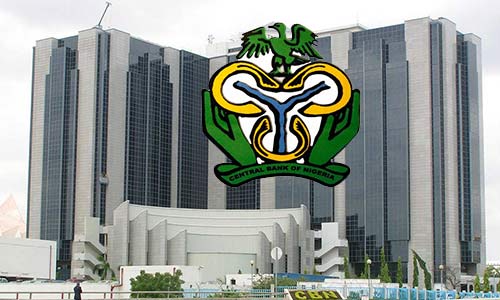Banking and Finance SECTOR INSIGHT 05/01/2022
Banks’ Capital Base Strong, Says CBN

The capital base of Deposit Money Banks (DMBs) and their cash positions remain strong, the Central Bank of Nigeria (CBN) has announced.
Both financial sector indicators, banks’ liquidity positions and Capital Adequacy Ratios (CARs) were certified okay by the apex bank while announcing a decline in Non-Performing Loans (NPLs), also called bad loans.
The apex bank said moderation in NPLs followed improved risk management practices in the lenders with the industry liquidity ratio growing from 41.39 per cent as at end-October 2021 compared with 35.56 per cent at end October 2020.
A member of the CBN-led Monetary Policy committee (MPC), Aliyu Ahmed, confirmed the banking sector position in his personal notes at the last MPC meeting posted on the CBN’s website.
The CAR measures how much capital a bank has available, reported as a percentage of a bank’s risk-weighted credit exposures. The purpose is to establish that banks have enough capital on reserve to handle a certain amount of losses, before being at risk of becoming insolvent.
Ahmed said the average industry for the Nigerian banks stood at 15.20 per cent at end- October 2021 from 14.98 per cent in the previous month. The CAR position is well above the 10 per cent regulatory minimum.
The NPLs was 5.29 per cent at end-October 2021 compared with 5.43 per cent at end-September 2020. Total credit increased by N4.10 trillion or 21.12 per cent year-on-year, due largely to the increase in the industry funding base as well as the CBN’s directive on Loans to Deposit Ratio (LDR).
The LDR policy is used to assess a bank’s liquidity by comparing a bank’s total loans to its total deposits for the same period.
On external sector performance, Ahmed said the gross external reserves stood at $41.41 billion as at November 18, 2021, compared with $41.34 billion in October 2021, a moderate increase of 0.07 per cent, attributed to receipts from third parties, as well as proceeds from Royalties and oil related taxes.
He said fiscal operations of the Federal Government remained in tandem with the expansionary fiscal stance to support economic growth, infrastructure development, and douse the devastating effects of the Covid-19 pandemic, amongst others.
The rapid automation and visibility of federal government fiscal operations would bolster the revenue collection process and translate to positive revenue generation and efficiency in expenditure management.
Ahmed said trends in monetary aggregates indicated a 2.38 percentage points increase in Broad Money supply (M3), to 7.10 per cent in October 2021, although it fell by – 2.54 percentage points below the 2021fourth quarter indicative benchmark of 9.64 per cent.
He said that the growth in money supply was driven by growth in Net Domestic Assets (NDA), which is reflective of the improvement in aggregate credit net.
“The Money market rates oscillated within the standing facilities corridor, reflecting the prevailing liquidity conditions in the banking system. In the equities market, key indicators improved, following renewed investor confidence,” he stated.



